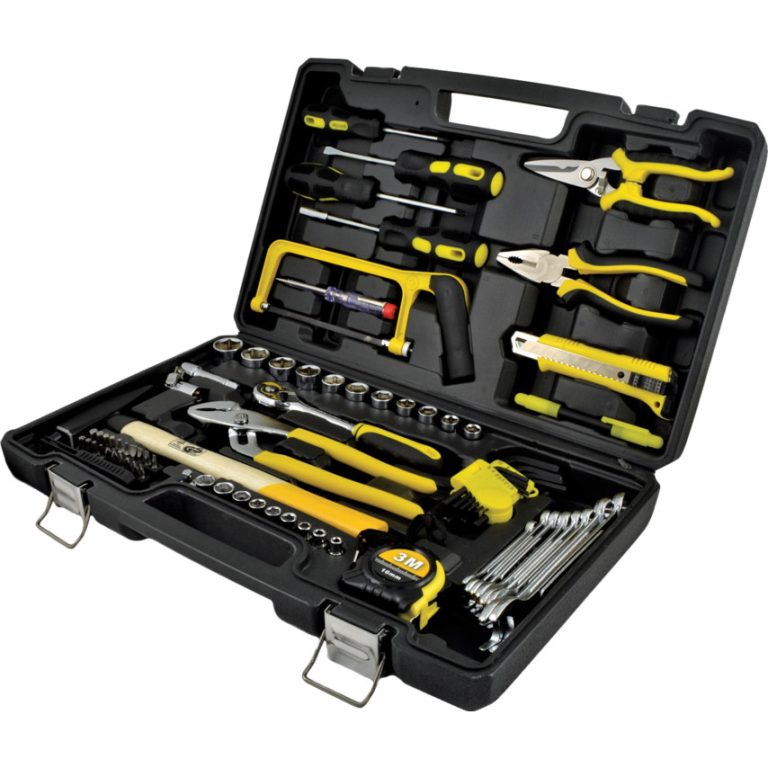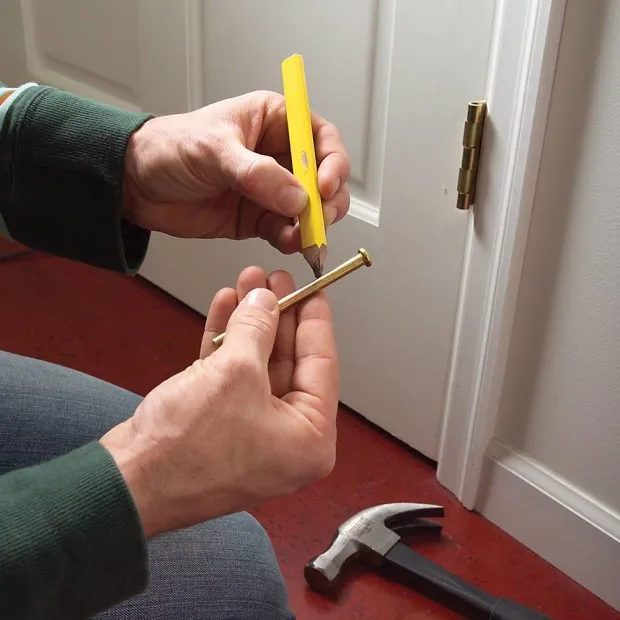
Effortless Heavy Lifting: Simple Tool Hacks
Planning Before Lifting
How to lift heavy objects with simple tools?Before attempting to move heavy items, smart planning is crucial.
Pre-Move Measurements
Measure the size of your furniture and the space it needs to pass through. This helps avoid lifting unnecessary weight and ensures all items will fit through doorways and corridors. If a piece is too big, find another way around, maybe through a window or removing a door hinge.
Assessing the Situation
Look at what you’re moving and decide if it’s a solo or a team task. If the item is too large or heavy, don’t risk injury by trying it alone. Instead, consider asking friends for help or use simple tools designed for heavy lifting. Always remember: safety first. If in doubt, get professional movers to assist.
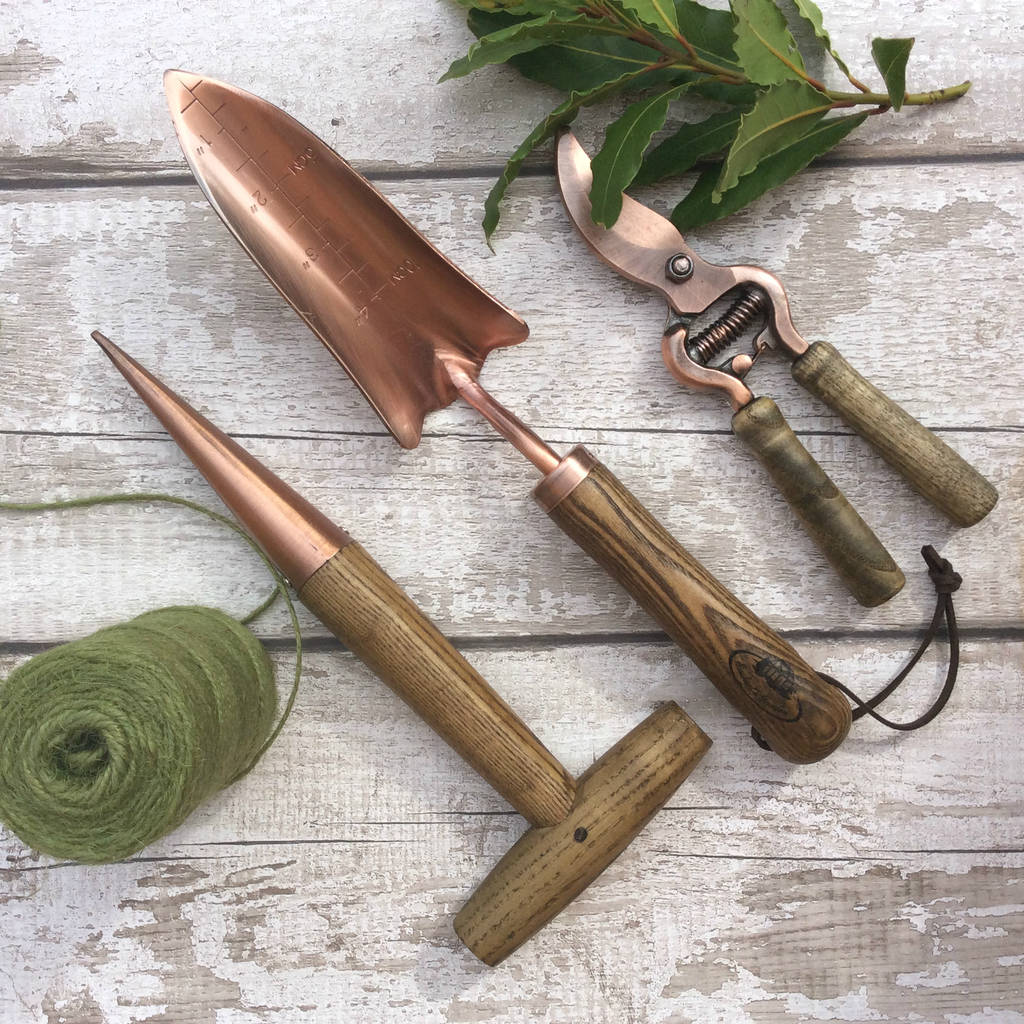
The Art of Deconstruction
When facing the challenge of moving heavy items, breaking them down can simplify the process significantly.
Emptying Contents for Lighter Loads
Before attempting to maneuver a hefty object, it’s wise to lighten the load. Clear out all drawers, shelves, and compartments. This reduces weight and prevents items from shifting or falling out during the move.
Detaching Parts for Easy Handling
Removal of detachable parts like furniture legs, door knobs, and shelves can make a large item more manageable. This not only lightens the load but also prevents these parts from getting damaged or causing injury during the move.
Safeguarding Your Belongings
Protect your treasured items when moving with the right materials and methods.
Protective Materials for Damage Prevention
How to lift heavy objects with simple tools?Use durable materials to shield your belongings from harm. Bubble wrap, furniture pads, and blankets are suitable choices. They secure items from bumps and scratches during the moving process. Wrap items tightly to prevent slipping and expose no bare surfaces. Even the most careful moves lead to the occasional mishap, so prevent damage from the start.
Proper Wrapping Techniques
Proper wrapping is a mix of art and skill. Follow these steps for effective wrapping:
- Cover Sharp Edges: Prevent punctures or tears by covering sharp edges with extra padding.
- Secure Loose Parts: Use tape or straps to hold drawers and doors in place.
- Even Padding: Make sure that padding is distributed evenly around each item. This ensures balanced protection.
- Snug Fit: Items should have a firm wrap that avoids movement but isn’t too tight to cause stress.
- Clear Path: Ensure a clear path before moving. This reduces the chance of bumping into obstacles.
These methods are essential in preventing damage to your items and living spaces. Remember, using the right tools and techniques can make the task of moving heavy objects remarkably simpler and safer.
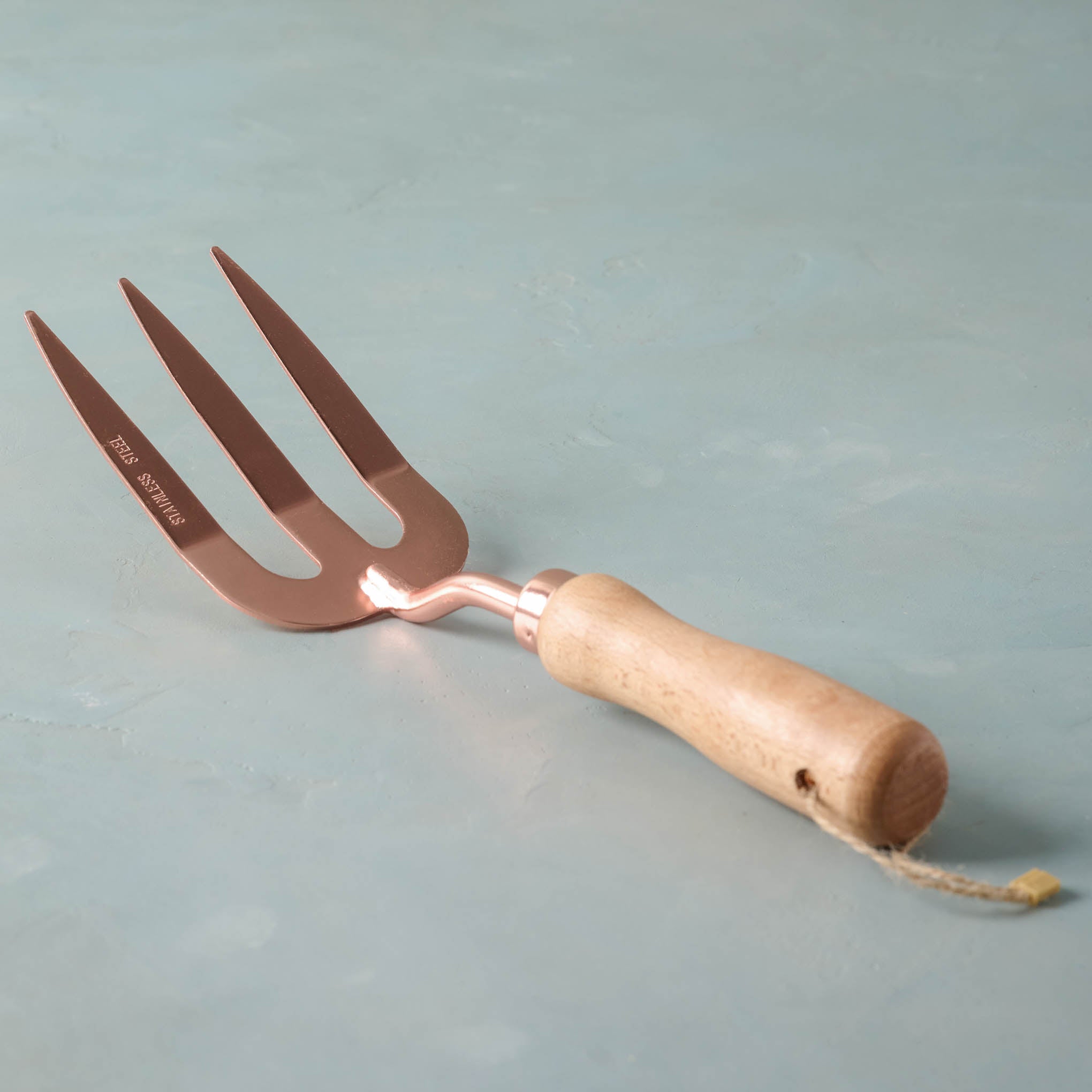
Leveraging the Power of Pulling
Sometimes, lifting isn’t the answer; pulling can be a smarter choice. How to lift heavy objects with simple tools?Learn how to move heavy items with ease using simple household items like blankets and towels.
Utilizing Blankets and Towels
Rather than struggling to lift heavy items, use a sturdy blanket or towel. Slide it under the object to create a smooth, slideable surface. This technique is simple and effective, especially on non-carpeted floors. It prevents strain and allows you to reposition furniture with minimal effort.
Reducing Friction and Floor Damage
Pulling heavy objects can also protect your floors from scratches and scuffs. A blanket or towel reduces friction, making it easier to move items. Plus, this method prevents damage to both the object and the flooring. For an even smoother move, you can use items like furniture sliders that are designed specifically for this purpose.
The Push Method
Sometimes, the best way to move heavy objects is not by lifting but by pushing. This approach can be less taxing on your body and can often make the job simpler. How to lift heavy objects with simple tools?Let’s delve into why the push method can be more effective than pulling, and how you can protect your floors while doing so.
Advantages of Pushing Over Pulling
Pushing heavy items has clear benefits. First, it generally requires less physical strain, especially on your back and shoulders. By pushing, you engage your leg and core muscles—stronger muscle groups compared to the ones used when pulling.
Moreover, when you push, you typically have more control over the item. This is because your body is behind the object, allowing for better steering and less chance of the item tipping over. Pushing also tends to distribute the weight more evenly, reducing the risk of damaging the item.
Alternative Surface Protection
To protect floors when pushing heavy objects, consider these simple tools:
- Cardboard: Slide a piece under the item. It provides a slick surface and minimizes scratch risk.
- Old Sheets: Similar to cardboard, but better for delicate flooring like hardwood or tiles.
- Furniture Sliders: These are designed for moving heavy furniture. They’re easy to place under items and glide smoothly across various surfaces.
- Plywood Panels: They can bear heavy loads and protect carpets from tears or snags.
- Rug Remnants: If you’re dealing with very rough surfaces, using a piece of old rug can help cushion the item and the floor.
By using the right tools and techniques for floor protection, you can push heavy objects easily without leaving a mark. Remember to clear the path ahead and go slow to ensure everything remains under control.
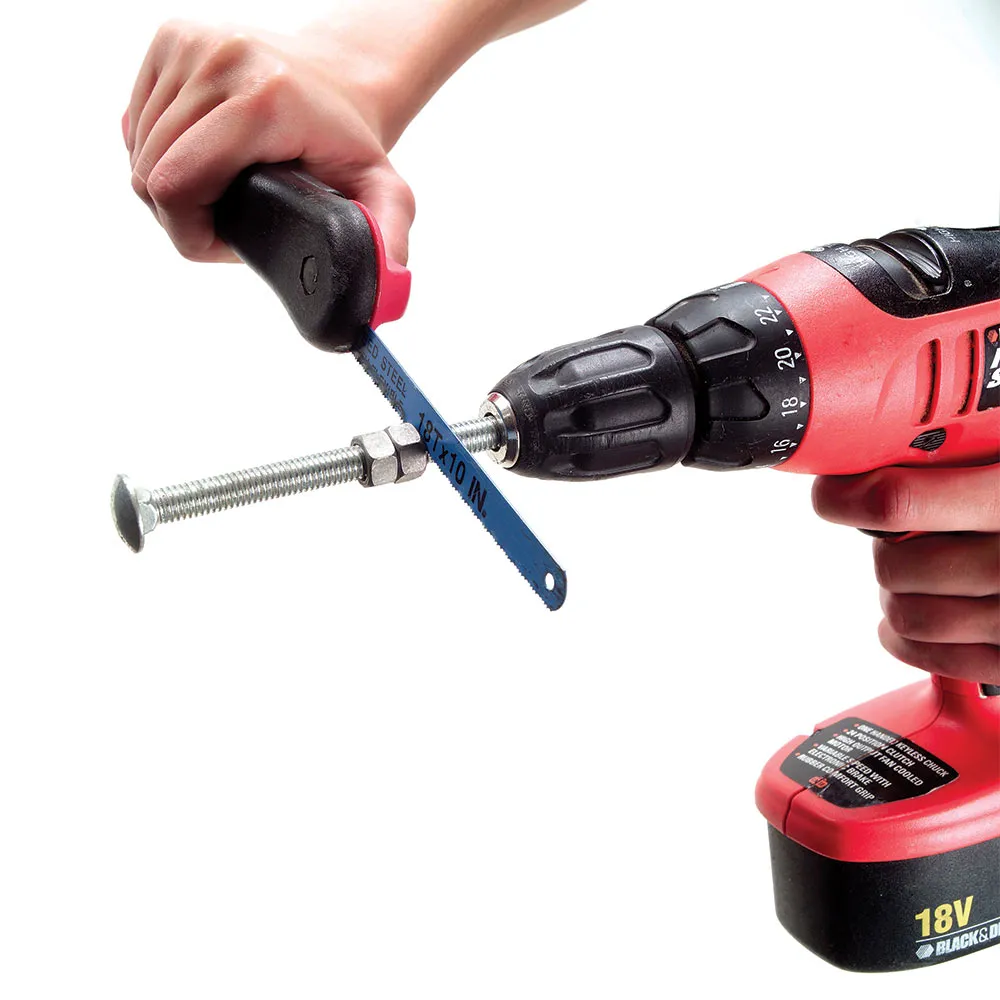
Enlisting Help from Friends and Family
Moving heavy objects often requires more than just one set of hands. Asking friends and family for help not only makes the task easier but also safer.
Organizing a Moving Team
When you need to move large items, organize a team. Reach out to those you trust and coordinate a schedule. Be clear about what needs moving, so they come prepared. Use group chats or calendars to sync everyone’s availability. Remember, the more hands on deck, the lighter the work for everyone.
Reciprocity and Team Effort
Always offer to help those who help you. Whether it’s providing snacks on the moving day or helping them later, show your gratitude. It not only fosters goodwill but also makes it likely they’ll help again in the future. An effective team can move even the heaviest objects with ease, and a little teamwork goes a long way.
Utilizing Ramps and Inclines
When faced with elevation challenges during a move, ramps can be very helpful.How to lift heavy objects with simple tools? They provide a gradual incline that makes it easier to transfer heavy objects without lifting them off the ground. Whether ascending or descending, ramps enable you to navigate height differences safely and with less effort.
Ramp Construction for Elevation Challenges
Constructing a ramp is straightforward if you have the right materials. You can use sturdy planks of wood or metal ramps available at hardware stores. Ensure the ramp is stable and can support the weight of your items. Align it with the height you need to overcome and secure it firmly in place.
Here’s how to put together a simple ramp step by step:
- Measure the Height: Know the elevation you need to conquer.
- Cut to Length: Have planks cut to match the distance.
- Position Securely: Place the ramp on a stable base.
- Test Before Use: Make sure it can hold the weight.
- Use Slowly: Push or pull objects up or down cautiously.
Safety Precautions
Safety is paramount when using ramps. Always check for stability before each use. Have a helper guide you as you move objects to prevent slipping. Avoid sharp inclines and make sure the angle of the ramp is manageable. Also, lock wheels or use non-slip surfaces to keep items from rolling away. Remember to keep your path clear and never rush the process.
Follow these simple principles:
- No Steep Angles: Steep ramps increase the risk of accidents.
- Steady Pace: Move slowly to maintain control.
- Clear Area: Keep the area free of obstacles.
- Secure Objects: Prevent items from shifting mid-move.
- Work Together: Have someone assist you for added safety.
By using ramps and taking the right safety steps, you can make moving heavy objects much more manageable.
Rolling Objects with Ease
Moving heavy furniture and appliances can often be done more efficiently by rolling them across the floor. This method avoids the need for lifting and can be a back-saver in many scenarios. Here’s how to do it right.
Choosing the Right Rollers
Selecting appropriate rollers is key to moving heavy items with minimal effort. For indoor movement on hard surfaces, furniture sliders are ideal. These are pads made of a slippery material, allowing heavy objects to glide across with just a push. For rougher surfaces or outdoor terrain, heavy-duty dollies equipped with sturdy wheels can handle the terrain and weight. For large, bulky items, consider using a set of rollers designed specifically for heavy loads, ensuring they distribute weight evenly and move smoothly.
Creating Temporary Rolling Paths
Sometimes the direct path isn’t suitable for rolling heavy objects due to soft or uneven surfaces. Creating a temporary path can help. Lay down sheets of plywood or hardboard to create a solid track for your rollers or sliders. For delicate floors, use old rugs or carpets to prevent scratches and provide a buffer. If you’re using rollers like pipes or logs, ensure they’re smooth and the object is securely balanced before you start. Remember to clear the path of any debris or small objects that could cause instability or damage.
By using rollers and creating conducive paths, you can relocate heavy items with much less strain on your body and without causing harm to your floors.
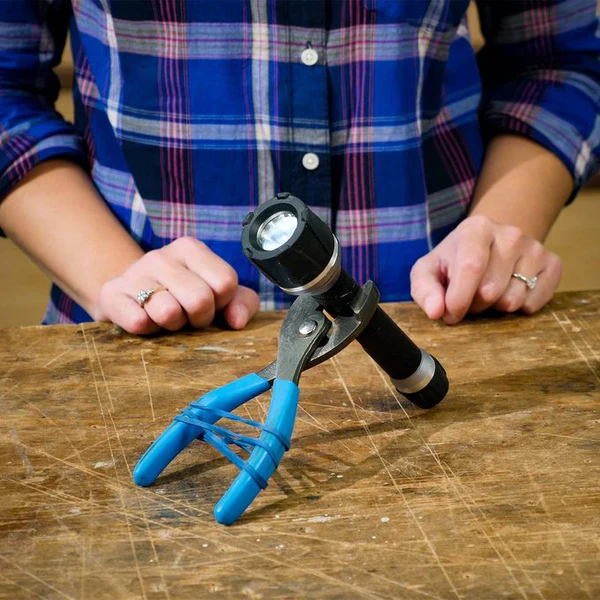
Handling Stairway Challenges
Navigating stairs during a move can be tough. It’s important to tackle this with care.
Effective Techniques for Stairs
Moving heavy objects up or down stairs needs smart strategies. To ease this task:
- Use Sliders: Place a sturdy blanket on the stairs. Slide objects down carefully.
- Secure Items: Wrap items well to avoid slipping while handling stairs.
- Team Up: Always have someone to spot you, sharing the load.
- Slow Pace: Take your time to avoid accidents and ensure control.
- Ramp It Up: If possible, set up a makeshift ramp to move objects smoothly.
These tips ensure safety and reduce strain when dealing with stairway challenges.
Specialized Equipment for Stair Navigation
For stair navigation, special tools can make a big difference:
- Stair-Climbing Dollies: These have wheels that grip stair edges, making climbing easier.
- Hoisting Straps: These allow for better grip and distribution of weight on stairs.
- Shoulder Dollies: Wearable straps that free your hands while the weight rests on your shoulders.
Invest in these tools if you often face stairway challenges, as they simplify the process. Remember, calling professionals may be best if the task seems too risky.
When to Call the Professionals
Sometimes, no matter how many tools or friends are available, a task is too big.
Recognizing the Limits of DIY
DIY methods are great for small jobs. But for big, complex moves, they can fall short. Know when a job is too risky or hard for you and your team. If you’re unsure, it’s safer to call pros. Watch out for jobs that need special skills, like moving pianos or artwork. Look for signs of strain in yourself or helpers. These are times to get expert help.
Benefits of Professional Assistance
Hiring pros can save time, avoid damage, and keep everyone safe. Teams like Alliance Moving have the right tools and know-how. They manage heavy and awkward items with care. Pros also have insurance to cover any mishaps. Remember, the cost of pro help is often less than the price of fixing damages or injuries. Using pro movers can be a wise choice for peace of mind and a smooth move.
